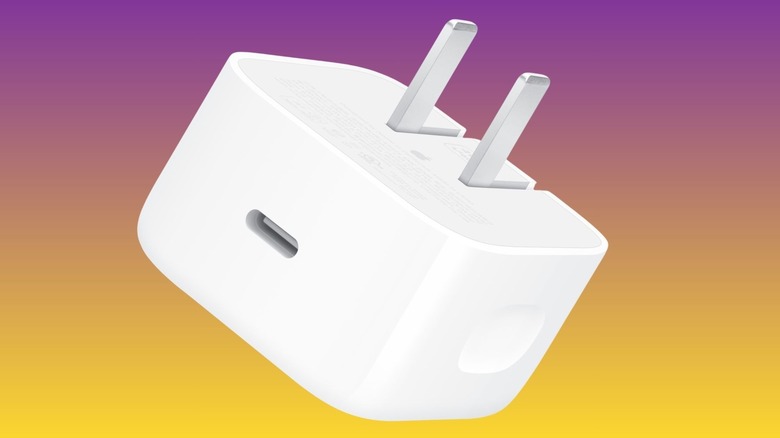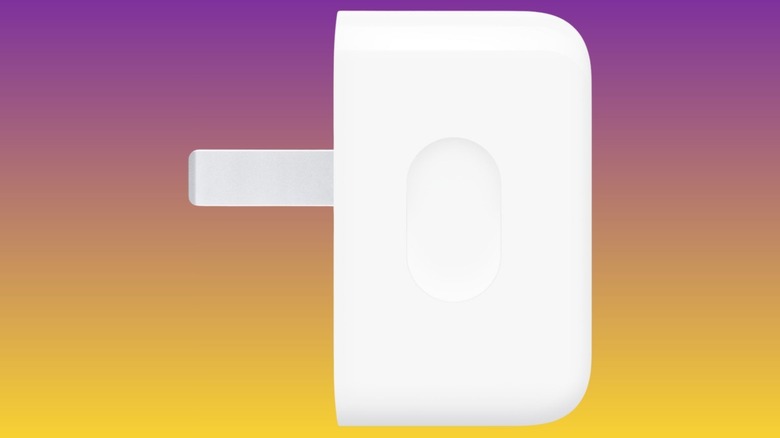What Is Apple's New 40W Dynamic iPhone Charger & How Does It Work?
Apple has received a lot of flak in recent years for its slower charging speeds on iPhones, but the company has finally made some positive strides this year. With the arrival of the iPhone 17 and iPhone 17 Pro series, Apple has not only increased the battery mileage per charge but has also enhanced the charging speeds. What the company didn't announce on stage was the arrival of a new charging brick for the iPhone. The new 40W Dynamic Power Adapter with 60W Max is technically compatible with all models dating back to the iPhone 15 series, but it can ideally deliver its peak performance of 0-50% top-up in just 20 minutes on iPhone 17 series models.
The charger is designed to supply 40W of output, but when needed, it can also provide 60W of power. Now, you might argue that at 60W, it matches the output of Apple's 60W MagSafe Power Adapter for the MacBook Pro, and exceeds the rated capacity of the 45W adapter for the MacBook Air. And yet, it's not compatible with either laptop. Well, that's because this charger can provide a peak sustained power of 40W, but it can only deliver 60W in short bursts, allowing for faster charging.
For example, it will deliver more power when the iPhone's battery is depleted, but as it goes beyond the halfway mark and enters the 80% territory, the charging pace slows down to reduce battery heating. But beyond the faster charging speed, there is something special about it. That secret sauce is called AVS, short for adjustable voltage supply. The AVS tech is part of the latest USB PD 3.2 (Power Delivery) standard, which was finalized in late 2024 with a revision.
What makes it special?
Essentially, it is a higher-tier implementation of the Programmable Power Supply (PPS) standard. PPS only covers devices where the requirements max out at 5A/21V, leading to a peak output of 105W. AVS can handle the 5A/48V combination, providing a power supply of up to 240W. AVS offers a wider operational bandwidth ranging from 15V to 48V, and depending on the state of a device, it can adjust the voltage value by as little as 100 millivolts. This approach enables better control over rising temperatures and avoids wasted power.
Now, lithium-ion batteries, the kind fitted inside a majority of electronic devices, including iPhones, are pretty susceptible to heat. Fast charging generates heat, and even when the pace is slow and steady, the battery temperature starts to rise once you reach around the 80% mark, which is why the top-up speed slows a bit beyond this level. The biggest fundamental difference between PPS and AVS is that PPS constantly changes the voltage, increasing it in 20-millivolt steps. AVS, on the other hand, maintains the supply with a different approach.
"AVS is intended to be a constant supply that provides a system input voltage to a voltage level closer to what the system requires as a whole," explains Texas Instruments. Apple isn't the only brand to offer AVS on a charging brick. Google's 67W USB-C charger for the Pixel 10 series is also AVS-ready, with an operational range of 9-15V/4A, 15-20V/3.35A. Framework's 240W GaN charger for laptops also comes with an AVS-certified power brick.

